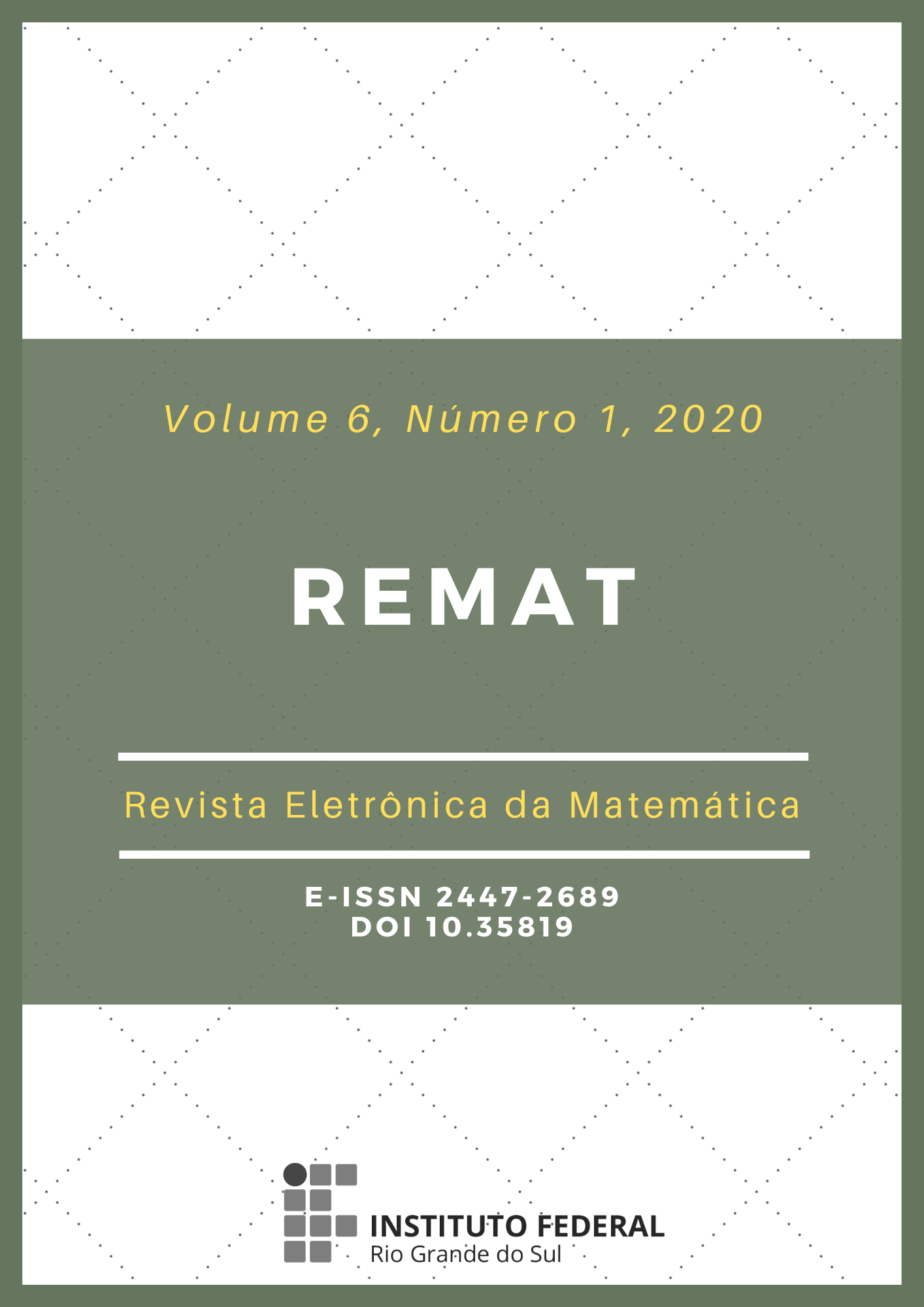Alexander Polynomial via Python Language
DOI:
https://doi.org/10.35819/remat2020v6i1id3862Keywords:
Topology, Alexander Polynomial, Python LanguageAbstract
A classic knot is an embedding of an one-dimensional sphere S1 in a real three-dimensional environment, usually R3. Under these conditions it is possible to consider the knot diagram, that is, the planar projection of the embedding. This resembles a curve in which the intersections are exchanged for interruptions in its trace, thus indicating that one arc passes over the other. In Knot Theory we study algebraic invariants extracted from the complement of the embedding, and this complement is visible in the case of embedding S1 --> R3. One of the invariants extracted from the knot diagram is the Alexander Polynomial. In this article we show how the process of determining the Alexander Polynomial of a knot can be transported to an algorithm implemented in Python Language and obtained from a drawn diagram with the aid of a computer mouse.
Downloads
Downloads
Published
Issue
Section
License
REMAT retains the copyright of published articles, having the right to first publication of the work, mention of first publication in the journal in other published media and distribution of parts or of the work as a whole in order to promote the magazine.
This is an open access journal, which means that all content is available free of charge, at no cost to the user or his institution. Users are permitted to read, download, copy, distribute, print, search or link the full texts of the articles, or use them for any other legal purpose, without requesting prior permission from the magazine or the author. This statement is in accordance with the BOAI definition of open access.













 https://orcid.org/0000-0002-0893-7426
https://orcid.org/0000-0002-0893-7426


















